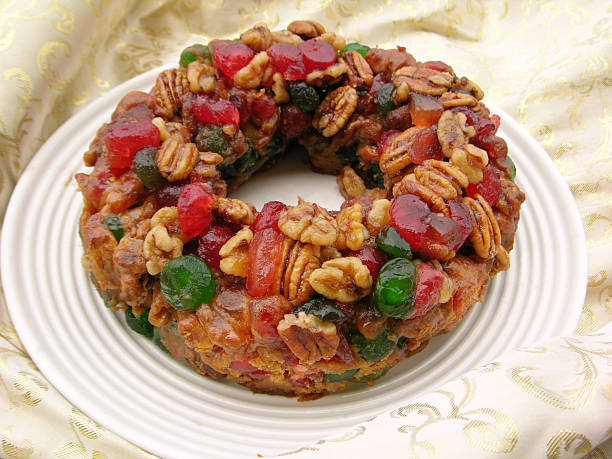Pork butt, despite its name, does not actually come from the rear end of the pig. In fact, it is a cut from the upper shoulder area, known for its rich marbling and succulent flavor. Versatile and affordable, pork butt is a favorite among home cooks and professional chefs alike. In this article, we will delve into the world of pork butt recipes, exploring different cooking methods and flavor profiles that make this cut a culinary delight.
Understanding Pork Butt:
Pork butt, also referred to as Boston butt, is a relatively inexpensive cut that boasts a perfect balance of lean meat and flavorful fat. This combination makes it ideal for slow-cooking methods, as the fat renders down, resulting in tender, juicy meat. While it may seem intimidating due to its size, the truth is that pork butt is forgiving and can be prepared in various ways, from smoking and roasting to braising and slow cooking.
Smoked Pulled Pork:
One of the most iconic and beloved pork butt recipes is smoked pulled pork. Achieving the perfect smoked flavor requires time, patience, and the right equipment, but the results are well worth the effort. To start, generously season the pork butt with a dry rub of your choice – a blend of brown sugar, paprika, garlic powder, onion powder, salt, and pepper works wonders. Allow the rub to penetrate the meat by refrigerating the pork butt for at least a few hours or, even better, overnight.
Once ready, fire up your smoker to a low and slow temperature, around 225-250°F (107-121°C). Place the pork butt on the grates, adding wood chips or chunks for that authentic smoky flavor. Allow the pork to smoke for several hours until it reaches an internal temperature of around 195-205°F (90-96°C). The low and slow cooking process ensures the collagen in the meat breaks down, resulting in melt-in-your-mouth tenderness.
Once done, let the pork rest before shredding it into delectable pulled pork. Serve it on a bun with coleslaw for a classic pulled pork sandwich or enjoy it on its own with your favorite barbecue sauce.
Braised Pork Butt:
Braising is another fantastic method for cooking pork butt, offering a succulent and flavorful outcome. To braise pork butt, start by searing the meat in a hot pan to develop a rich caramelized crust. Remove the pork and set it aside while you sauté aromatic vegetables like onions, carrots, and garlic in the same pan. Deglaze the pan with broth, wine, or a combination of both, and return the pork to the pot.
Cover the pot and transfer it to the oven, allowing the pork butt to braise at a low temperature for a few hours. The result is fork-tender meat infused with the savory flavors of the braising liquid. This method is not only delicious but also allows for creativity in choosing complementary ingredients for the braise – think herbs, spices, and even fruits like apples or apricots.
Roasted Pork Butt:
Roasting is a straightforward yet effective way to prepare pork butt. Start by seasoning the meat with a blend of herbs, spices, and perhaps a hint of citrus for brightness. Place the pork butt in a roasting pan, fat side up, and roast it in a preheated oven at around 325-350°F (163-177°C) until the internal temperature reaches 145°F (63°C). This cooking method ensures a crispy exterior while maintaining the juiciness within.
For added flavor, consider creating a pan sauce using the drippings. Deglaze the pan with a liquid of your choice – chicken broth, white wine, or even apple cider – and reduce it to a flavorful sauce. Pour this sauce over sliced pork butt for an extra burst of taste.
Carnitas – Mexican Pulled Pork:
Carnitas, a traditional Mexican dish, involves slow-cooking pork butt until it becomes tender and then crisping it up for added texture. To make carnitas, cut the pork butt into chunks and season them with a mix of cumin, oregano, garlic, orange juice, and lime juice. Slow-cook the pork in a Dutch oven or slow cooker until it’s easily shreddable.
Once the pork is tender, transfer it to a hot oven or skillet to crisp up the edges. This dual-cooking method results in carnitas with a perfect balance of tenderness and crispiness. Serve the carnitas in tacos, burritos, or over rice, topped with fresh cilantro, diced onions, and a squeeze of lime.
Conclusion:
Pork butt is a culinary canvas waiting to be explored, offering a myriad of possibilities for home cooks and chefs alike. From the smoky goodness of pulled pork to the rich flavors of braised and roasted preparations, this versatile cut never fails to deliver a satisfying dining experience. So, next time you’re at the butcher shop, consider picking up a pork butt and embark on a flavorful journey that will surely become a favorite in your kitchen.

